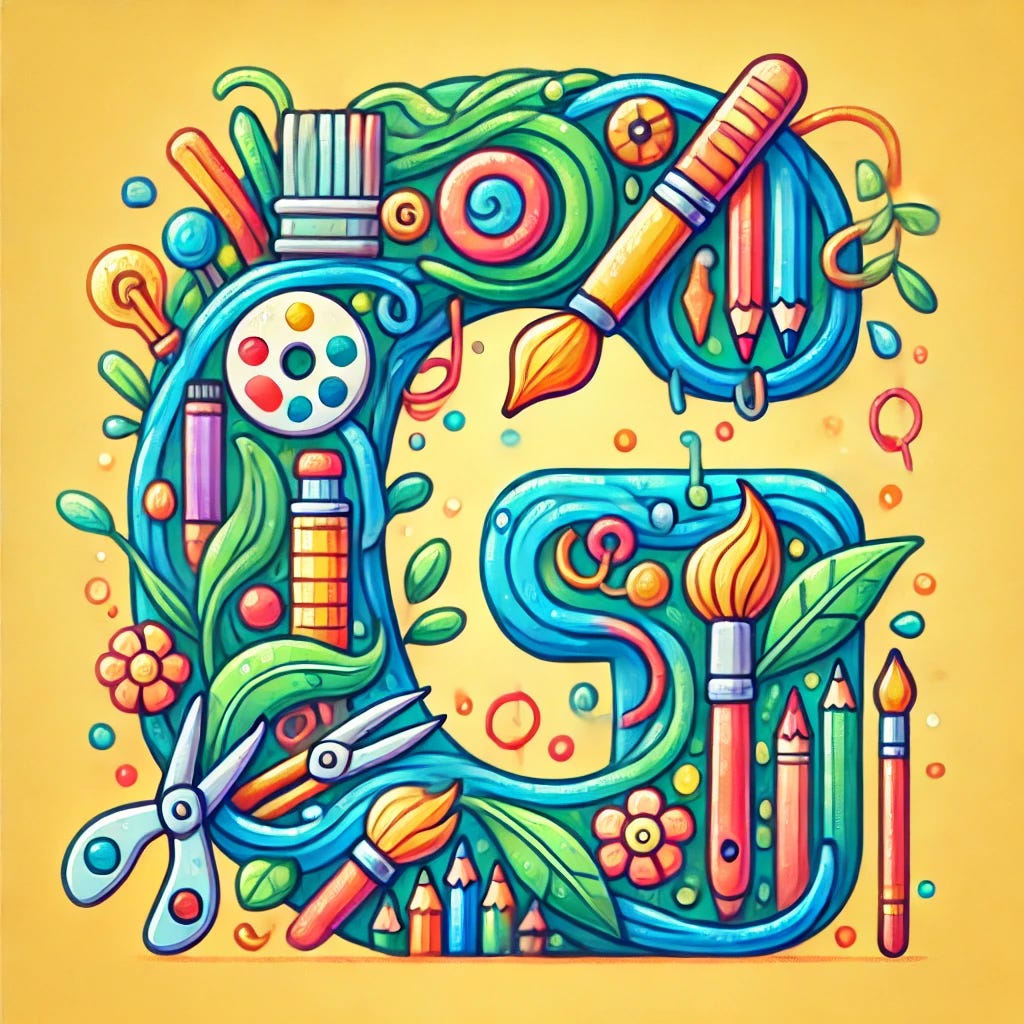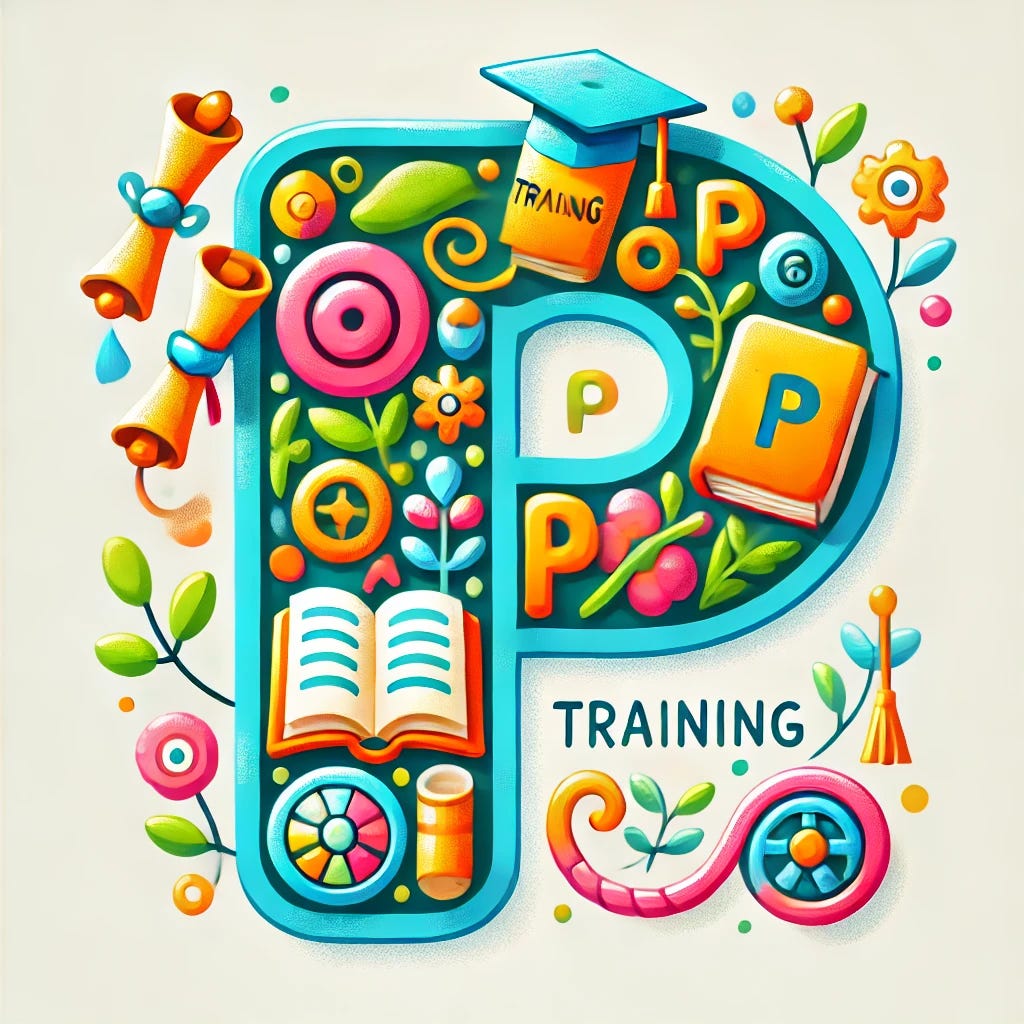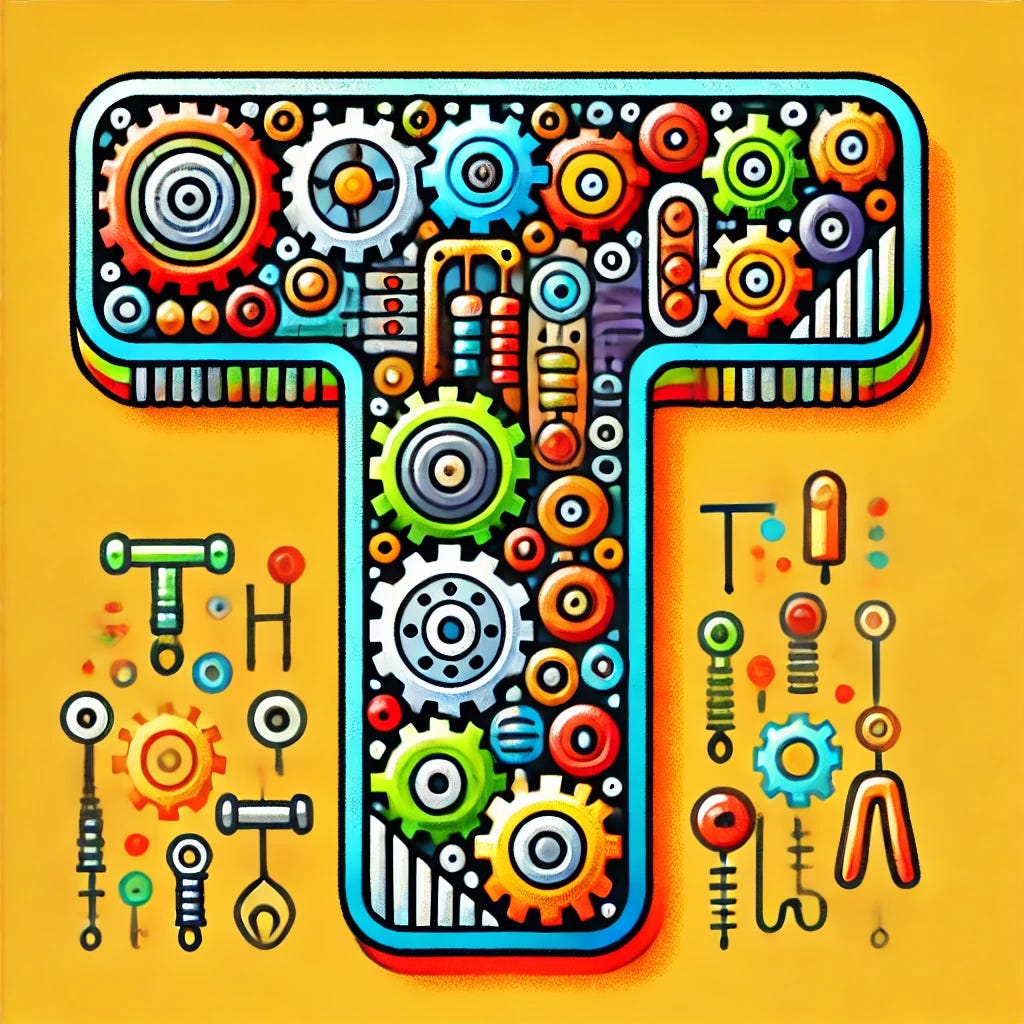Introduction
GPT this, GPT that… But what does GPT even mean? OK, you googled it: it’s Generative Pretrained Transformer. But what does THAT mean?
If you consider yourself “not technical” (which is a bit of a stretch, considering you’re reading this on technology that would have baffled your great-grandparents), you might be hesitant to dive deeper because you’re afraid of being overwhelmed.
I’ll break down a few key concepts so you can better understand the basics of the technology—and maybe even impress at your next party.
Let’s start by defining each letter in GPT.
G is for Generative
Generative means that this model has been trained to create or generate things. Here are a few examples:
Text (e.g., ChatGPT, Claude, Pi, Gemini)
Images (e.g., MidJourney, DALL-E 3, Leonardo)
Sound (e.g., Suno, Udio)
Video (e.g., Runway, InVideo, Synthesia)
Speech synthesis (e.g., ElevenLabs, Speechify, Lovo)
Code (e.g., GitHub Copilot, Amazon Q)
Data (e.g., Synthesized, Gretel)
Some models can generate content in more than one of these categories, and these are called multimodal models.
Multimodal models aren’t limited to just one type of data, like text. They can understand and generate multiple forms of data—text, images, sound, etc. For example, a multimodal model might look at a picture and describe it in words, or listen to a sound and generate a relevant text response. It’s like having a friend who not only reads books but also watches movies and listens to music, then uses all of that to create even richer responses.
💡Note: For the sake of simplicity and clarity, these explanations will focus on text generation.
P is for Pretrained
Pretrained means the model has been trained extensively before it ever interacts with you. This training involves exposing the model to vast amounts of text data—think of it as the model reading millions of books, articles, and websites. Through this process, the model learns the patterns, structures, and relationships between words and sentences.
This is similar to how we learn a language: by reading and listening over time. The model learns grammar, context, and meaning by repeatedly seeing how words and phrases are used together in different situations. By the time the model is ready for use, it already has a strong understanding of how language works.
The advantage of being pretrained is that the model doesn’t start from scratch every time it’s asked to do something. Instead, it uses the knowledge it has already gained to generate relevant and coherent text quickly. This makes it much faster and more accurate when responding to prompts or creating content because it can draw on a wealth of information it has learned during its training phase.
In essence, pretraining is like giving the model a head start so that when you ask it a question or give it a task, it can immediately apply what it knows to provide a useful and informed response.
T is for Transformer
Transformer refers to the type of architecture, or design, that the model uses to process information. It was created to handle complex language tasks more effectively by understanding the context of words in a sentence.
Tokens
Tokens are the basic units of text that the model processes. Importantly, tokens aren’t necessarily full words—they can be whole words, parts of words, or even individual characters. For example, the word "unhappiness" might be broken down into tokens like ["un", "happiness"], or the sentence "Transformers are cool!" might be broken into ["Transform", "ers", "are", "cool", "!"].
By breaking text into tokens, the model can analyze and understand the structure and meaning of the text piece by piece. Even with words it hasn’t seen before, the model can understand how the tokens fit together.
💡Think of tokens like puzzle pieces. Each token is a piece of the puzzle, and when you put them together correctly, you get a complete picture (the full meaning of the sentence). Even if you’ve never seen the full picture before, if you understand how the pieces fit together, you can figure out what it should look like.
Recap
Of course, you could go deeper and talk about tokens, vectors, embeddings, and other concepts, or why hallucinations happen, or the challenges of generative content when it comes to traditional intellectual property (and I will include these in some follow-up articles), but to sum it up, GPT stands for Generative Pretrained Transformer—a powerful type of AI model that can create various forms of content, like text, images, and more. The "Generative" part means the model is trained to generate or create things. "Pretrained" means it’s been extensively trained on vast amounts of data before you ever interact with it, giving it a head start in understanding and responding to your input. The "Transformer" is the architecture that processes information, breaking down the text into smaller pieces (tokens), focusing on the most important parts through attention mechanisms, and understanding the order and structure of the text to generate coherent and meaningful outputs.
In essence, a Transformer model is like a highly knowledgeable and intelligent friend who can analyze, understand, and create based on everything it has learned, making it a versatile tool for a wide range of tasks.






Great overview, thanks! :)